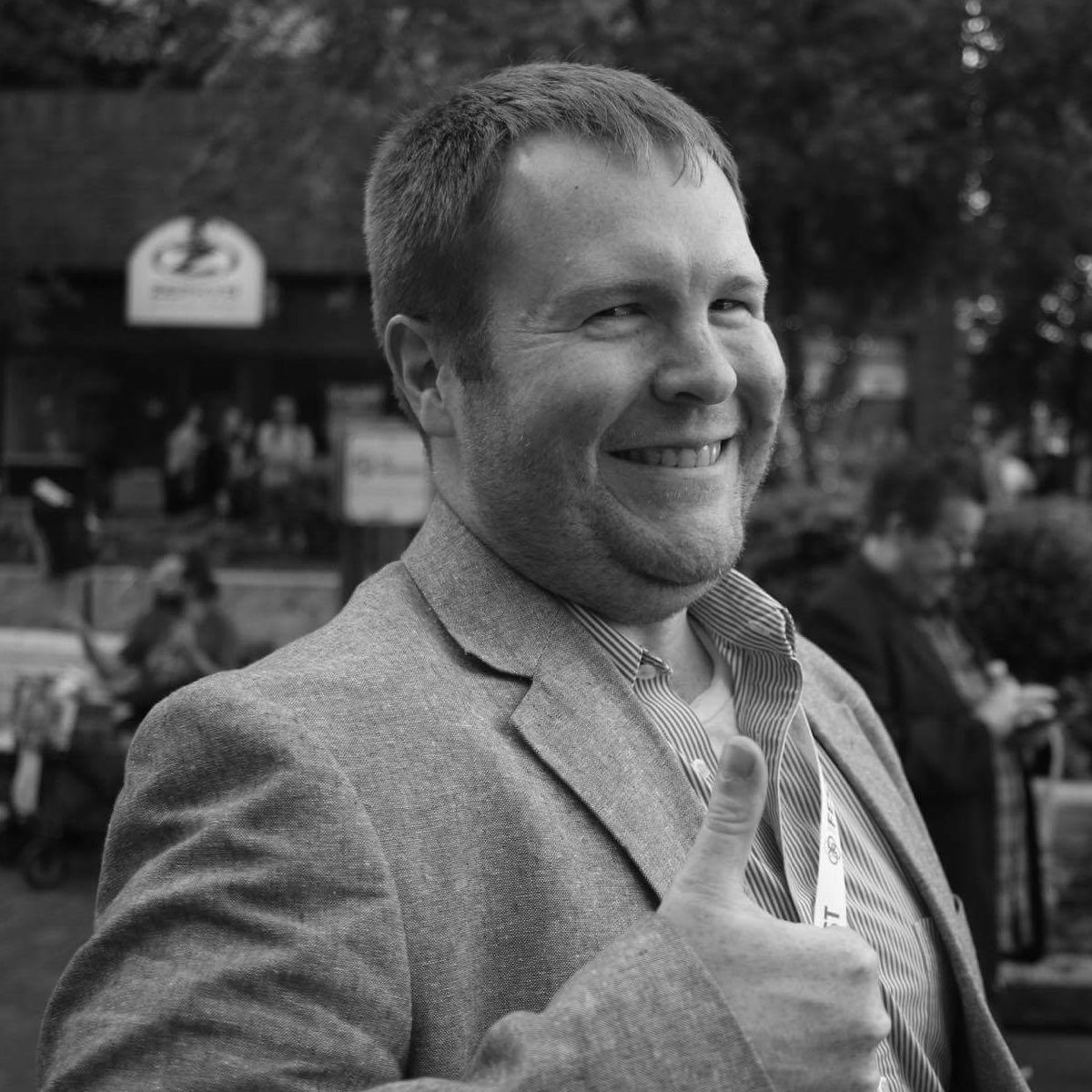Thomas Abt
Bleeding Out
ISBN: 978-1-5416-4572-1
Urban violence is a major problem in the United States. It receives a great deal of coverage in the press, and pundits on all sides of the issue continue to weigh in each time there’s a major event or an election in any of America’s largest cities. Solutions have been put forward over the years, but no major successes have been achieved. Like many modern problems, politicians are not looking for permanent solutions, and don’t have the will to fund preventative measures, as many of those measures are difficult to quantify, which makes funding very difficult to achieve. Police can only respond to the outcomes of urban violence, as they aren’t tasked with prevention in most places. So, how do we solve this?
Thomas Abt suggests a different way of looking at the problem of urban violence and the potential solutions to it in his book, Bleeding Out. He suggests looking at the issue through the lens of an emergency room doctor. When a victim of urban violence arrives at the emergency room, the physician and the department staff move the patient though four stages: triage, diagnosis, treatment, and prognosis. Triage involves zeroing in on the problem: understanding the specifics of urban violence versus rural violence and seeing the feedback loop between violence and poverty and how they build on each other. Diagnosing the problem involves understanding the problems that lead to urban violence. Treatment involves creating a plan to combat the problem, and prognosis involves looking forward to determine outcomes.
I received this book after attending an online conference about 18 months ago, written months after the chaos of 2020. I had my reservations about reading it, not knowing much about the author and in the current divisive political climate. After reading through Bleeding Out, I was incredibly surprised how balanced the author’s approach was to this problem, taking the best ideas from both sides of the aisle and not being afraid to call out partisans who aren’t interested in fixing this problem. What both sides seem to lack, as Abt discusses, is a balance between rewards and punishment. Most of this discussion felt like basic parenting or management skills – give people a chance to do well, but set specific guidelines and rules to be followed, and lay out the punishments if lines are crossed.
All of the potential solutions highlighted in the book had three things in common: the solution must be focused on a specific place or group, the solution must have a balance between rewards and punishments, and those punishments need to be stated in advance and fairly enforced. Most current solutions don’t meet the three requirements of focus, balance, and fairness. Programs like “stop and frisk” are not focused on hot spots where crime tends to happen, and programs like “three strikes” are unbalanced and unfair.
Prevention is also a key part of the solution – working with potential shooters before they decide to pull the trigger is key to cooling those hot spots where gun violence tends to occur. In many of these situations, just carrying a firearm tends to heat up the hot spots, so some level of targeting illegal gun carrying needs to be addressed. Building community through deterrence tends to pay great dividends, but funding is scarce and the workforce necessary to staff these programs is sometimes not readily available. Providing more funding now could prevent the need to higher law enforcement funding later. However, these organizations need to learn how to track this to justify their budgets.
Overall, 8/10 would recommend to people looking for potential solutions to urban violence that don’t include sweeping generalizations. This book was a pleasant surprise and a great read, offering a great process for creating positive change in these parts of the country, along with solutions that could work if given a chance. Sometimes it takes looking at a major problem in a different way or from a different perspective if we are going to fix what ails us.
